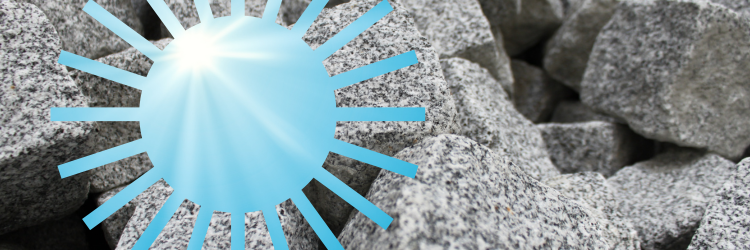The Next Generation of Solar Power Looks Rocky
Photovoltaic cells work by absorbing light, knocking electrons loose, and allowing them to flow, which creates an electrical current. They capture that current and transfer it to wires. Storing this energy in batteries can be expensive and require a lot of resources.
A new approach known as “concentrated solar power” stores the sun’s heat which can then be used to dry food or create electricity. A team reporting in ACS Omega has discovered that certain soapstone and granite samples are well-suited for storing solar heat, featuring high-energy densities and stability, even at higher temperatures.
This lower-tech alternative collects energy as heat in a liquid or solid, releasing the heat to power a generator and produce electricity. Granite and soapstone are formed in high-heat environments across the globe. The team investigated rock samples from a location in Tanzania where the Craton and Usagaran geological belts meet, discovering that the Magnesite content of soapstone from the area conferred a high density and thermal capacity.
They heated the rocks to temperatures over 1,800 degrees Fahrenheit (982 Celsius). The soapstone survived and released its stored heat without damage. The granite fell apart at those temperatures, but the team found it may be suitable for lower-energy TES applications.
Could this be the next step in solar energy? Something with less environmental impact than solar panels?

